Summary
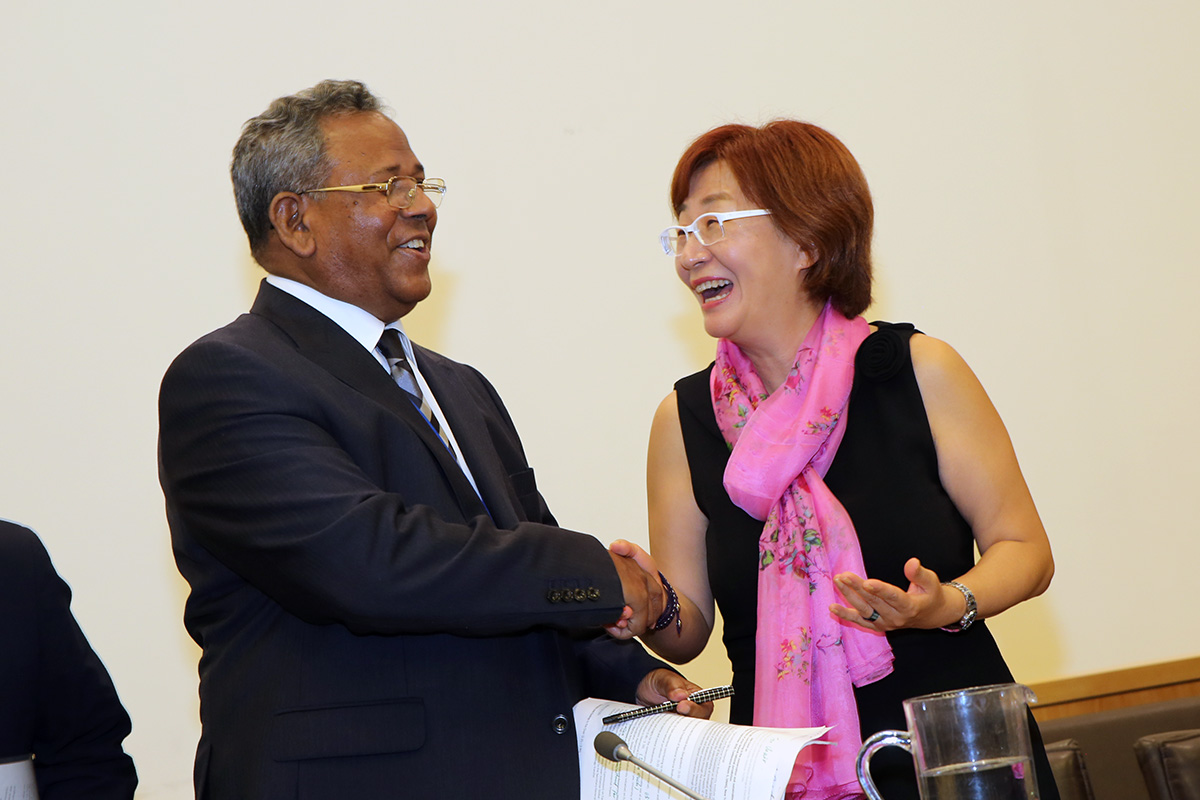
25 Years of CBD Experience: Contributing to the Conservation and Sustainable Use of Marine Biodiversity in ABNJ
Presented by the Secretariat of the UN Convention on Biological Diversity (CBD), the Ministry of Oceans and Fisheries of Korea, and the National Marine Biodiversity Institute of Korea (MABIK)
This side event showcased the scientific and technical work that the UN Convention on Biological Diversity (CBD) has undertaken over the past 25 years to increase the understanding of the ecological and biological value of marine areas, including the areas beyond national jurisdiction (ABNJ), as well as to address the impacts of various human activities affecting the health and integrity of marine biodiversity.
The event Chair, Rear Admiral Md Khurshed Alam, Bangladesh, opened the event by noting the need to think about how to transpose the knowledge CBD has gained, particularly around conservation of biodiversity and sustainable use and equitable sharing of benefits arising from use of marine generic resources (MGRs). He highlighted CBD’s 196 parties, emphasizing the importance of Member States in supporting CBD’s work.
Sun-Do Hwang, President of the National Marine Biodiversity Institute of Korea (MABIK), provided welcome remarks on the conservation and sustainable use of biodiversity in ABNJ. He stressed the urgency of consolidating scientific research and monitoring to enhance understanding. The advancement of technology to exploit marine resources, Hwang noted, demands cooperation to strengthen scientific and technological bases for effective conservation and sustainable use of marine biodiversity beyond national jurisdiction (BBNJ).
Jihyun Lee, CBD Secretariat, presented on CBD’s experience contributing to the conservation and sustainable use of marine biodiversity in ABNJ. She underscored the importance of a system that complements and strengthens existing instruments. She described CBD’s process on ecologically or biologically significant marine areas (EBSAs), outlining seven EBSA criteria that have been applied by more than 150 countries. EBSAs, Lee noted, focus on compiling information on the inherent value of marine biodiversity – they are not human interventions such as marine protected areas (MPAs), fishing closures, or jurisdictional matters.
Lee stressed that EBSAs are the first layer of information and that, to move towards integrated planning and implementation, one must overlay data on impacts from human activities and then apply tools such as MPAs and environmental impact assessments (EIAs). She presented voluntary CBD guidelines on the consideration of biodiversity in EIAs, including questions related to screening of biodiversity impacts. Lee closed by describing the Sustainable Ocean Initiative (SOI) goal to accelerate progress towards the Aichi Targets and the Sustainable Development Goals (SDGs).
Daniela Diz, University of Strathclyde, mentioned that the EBSA criteria provide a scientifically robust basis for the identification of areas in need of protection under the new agreement. She said that incorporating Strategic Environment Assessment (SEA) provisions in the new BBNJ instrument in a manner consistent with the CBD provisions and CBD Conference of Parties (COP) guidance would contribute to policy coherence in the prevention and mitigation of cumulative impacts to biodiversity of ABNJs and respective marine ecosystems.
David Johnson, Global Ocean Biodiversity Initiative, explained that CBD’s EBSA process represents 10 years of coordinated scientific and technical effort, with over 20% of EBSAs (more than 60) including elements of ABNJ. He highlighted that the unique and rare nature of many EBSAs could underpin their potential for hosting MGRs.
Susanna Fuller, Oceans North, noted that the evaluation of the effectiveness of area-based conservation measures should be done on a case-by-case basis, taking into account the characteristics of the measures being implemented and the context in which they are implemented, with shared responsibility.
Kristina Gjerde, International Union for the Conservation of Nature (IUCN), said efforts should be made to incorporate the latest work on ecosystem services and values. She highlighted the application of the precautionary approach as being particularly important. Given very limited knowledge on impacts, she said, we need to scale up slowly, with stringent conditions for monitoring and surveillance, in order to enable a more complete assessment of measures undertaken.
Darius Campbell, North East Atlantic Fisheries Commission, presented lessons from SOI Global Dialogues, including:
- regions vary greatly in their political, economic, geographic, social, and environmental characteristics, thus one-size-does-not-fit-all; and
- significant benefits for countries, regions, and the global community can result from addressing the challenges and gaps at the regional level, thus regional level activity can be the most effective way to help national capacity.
Alfonso Ascencio-Herrera, International Seabed Authority (ISA), highlighted the need for increasing cooperation opportunities between the CBD Secretariat and ISA with regards to scientific and technical aspects of the conservation and sustainable use of ocean resources, including through the exchange of information and sharing practices and experiences.
In the ensuing discussion, participants raised issues related to, inter alia: agreeing on a definition of other effective area-based conservation measures (OECMs) that will be important in building the BBNJ instrument; stakeholder engagement for the successful MPA implementation; transboundary EBSAs; and ways to bring scientific information to EBSA managers.

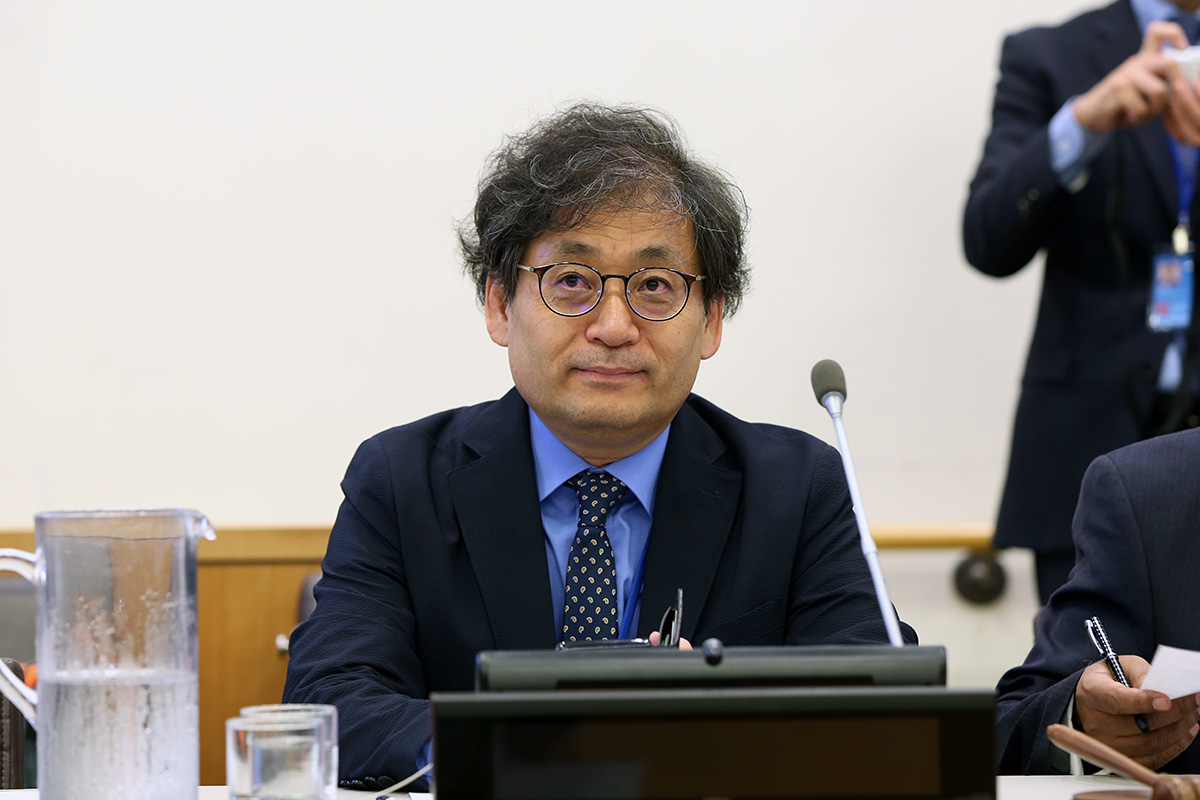
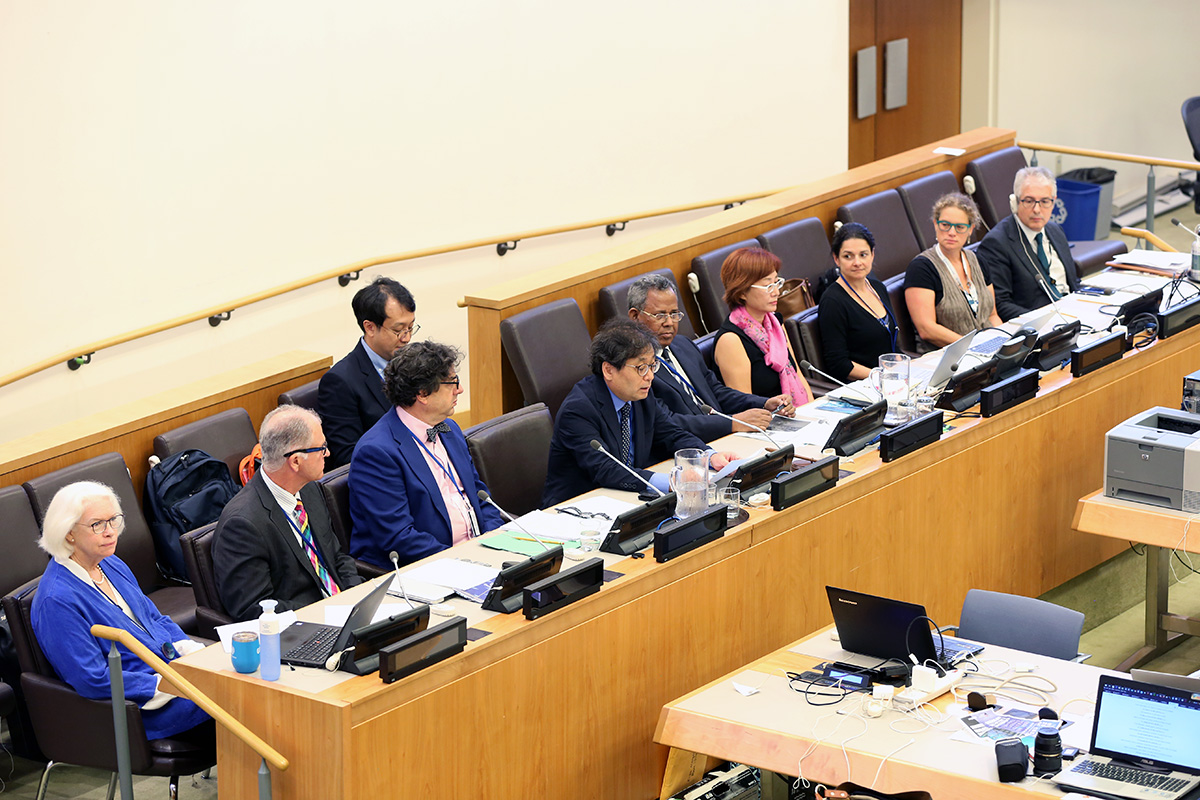

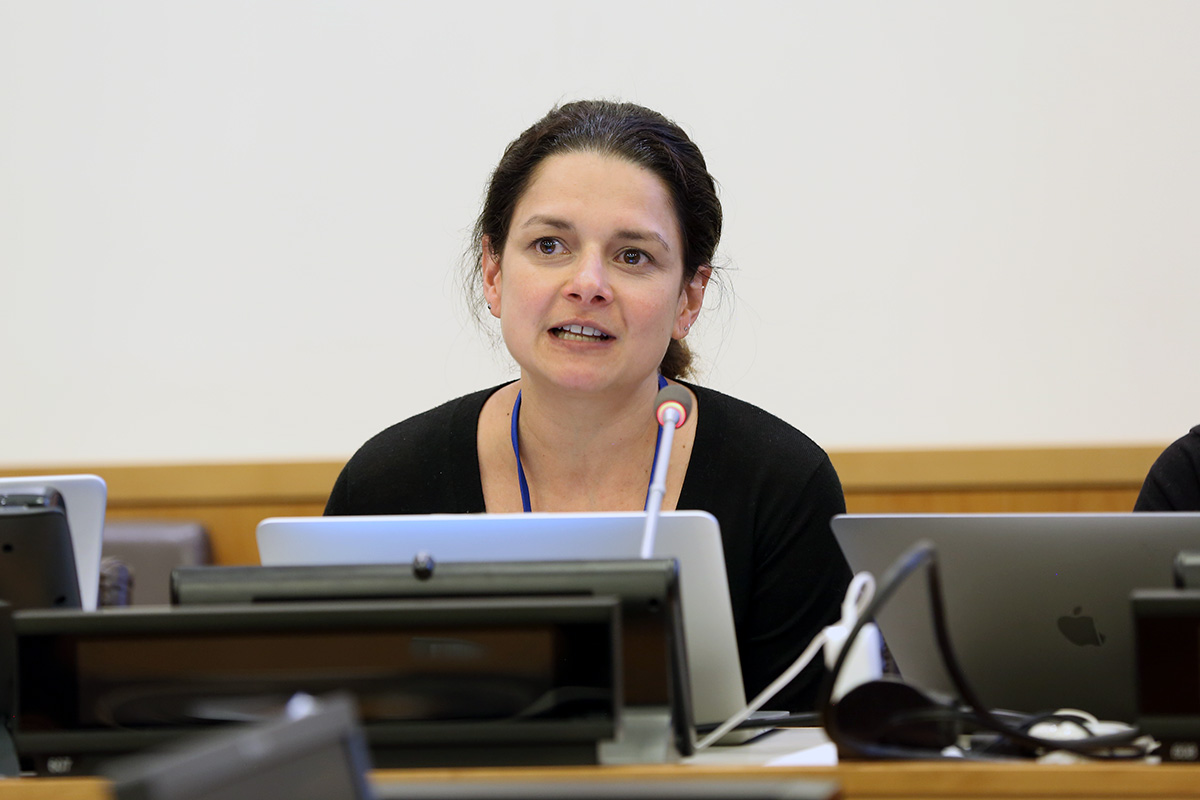
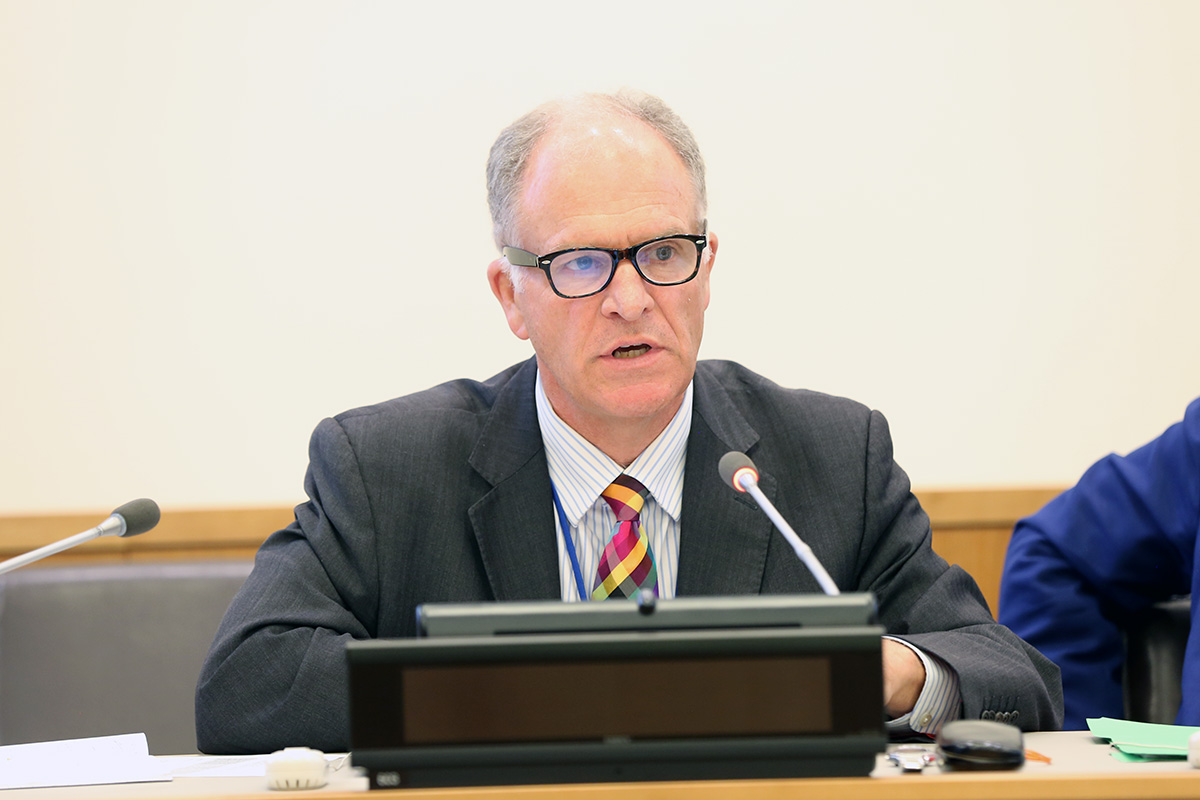

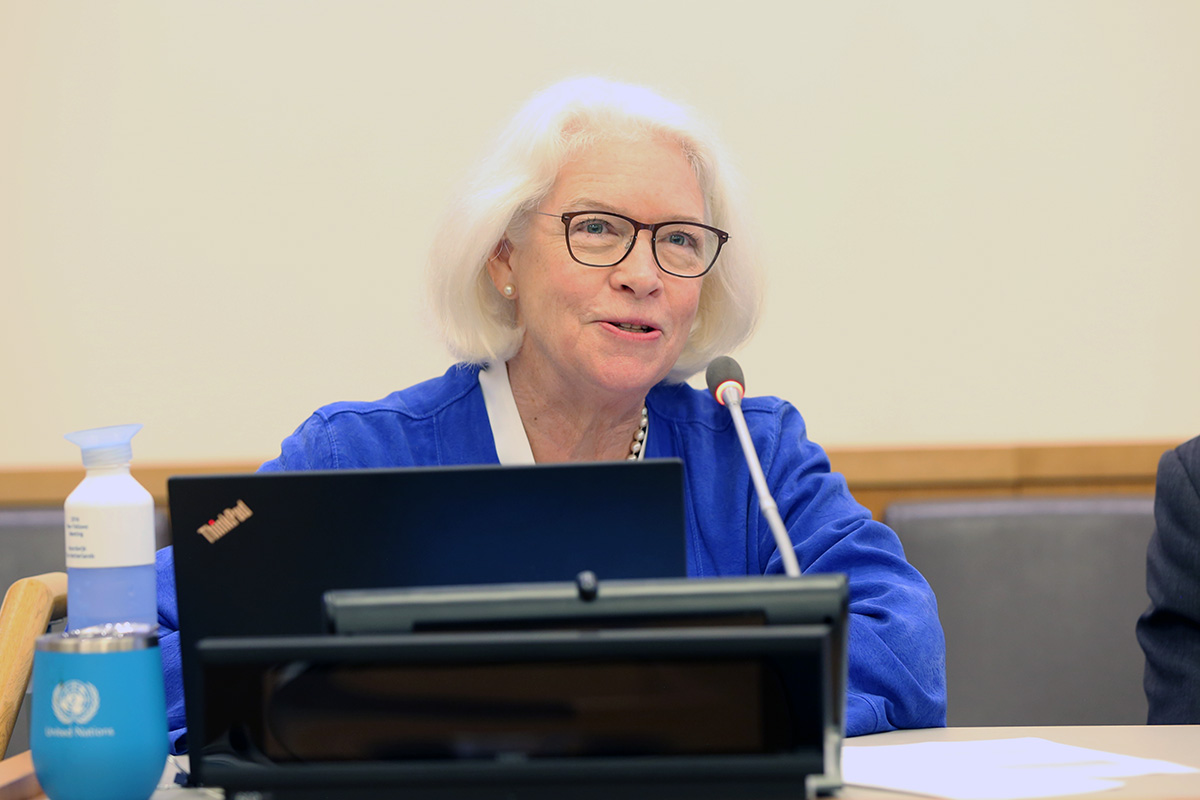

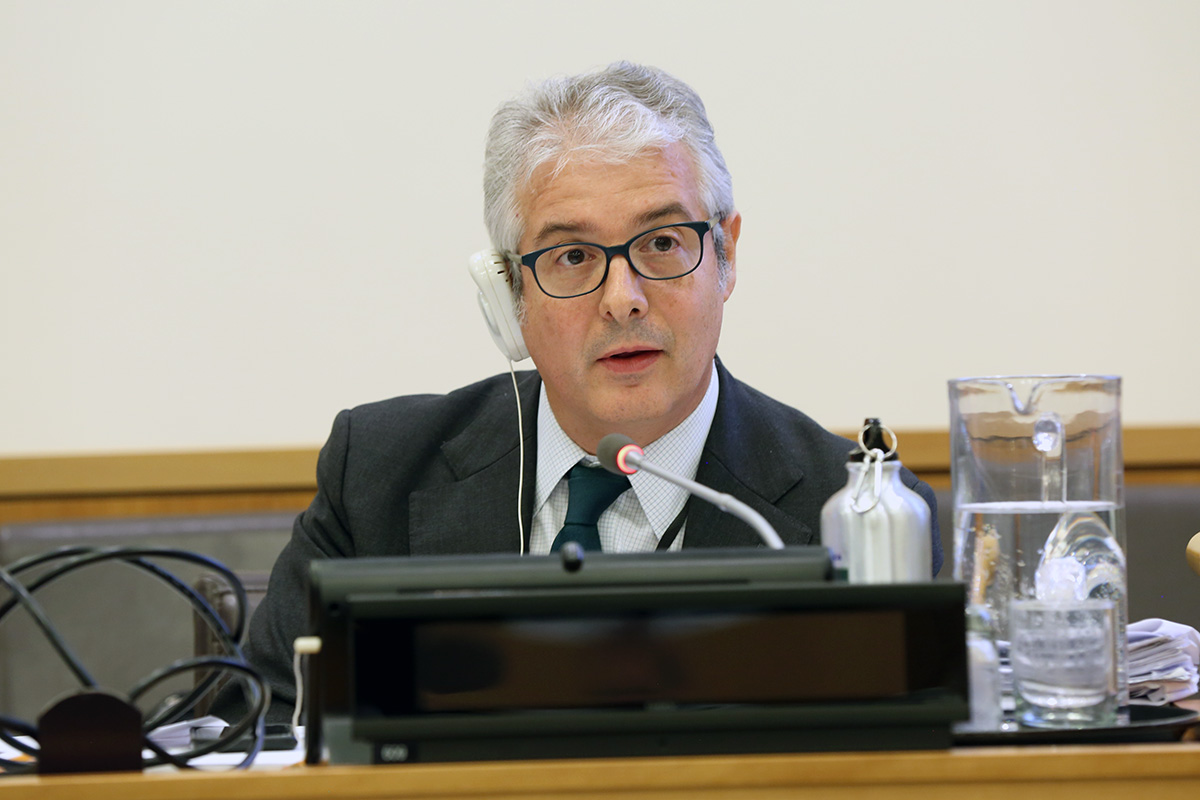
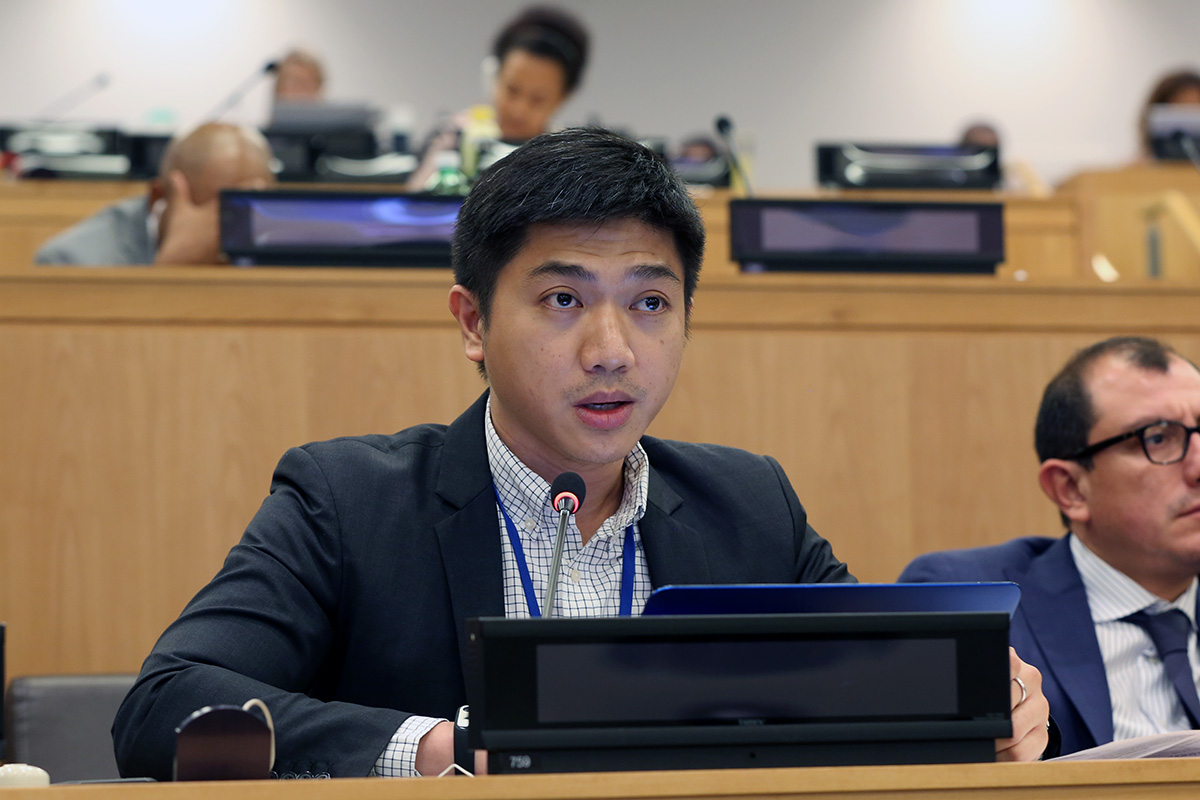



CONTACT
Jihyun Lee | jihyun.lee@cbd.int
Name goes here | email address
Name goes here | email address